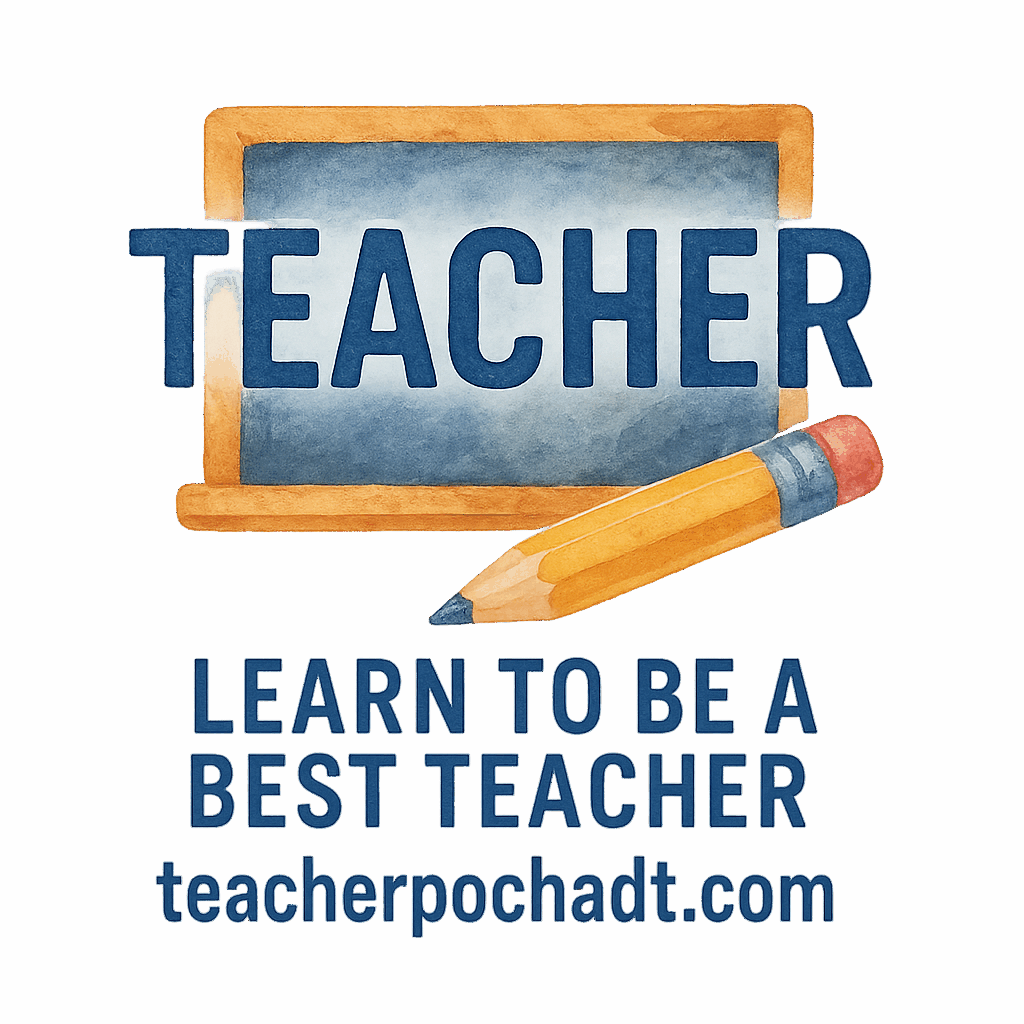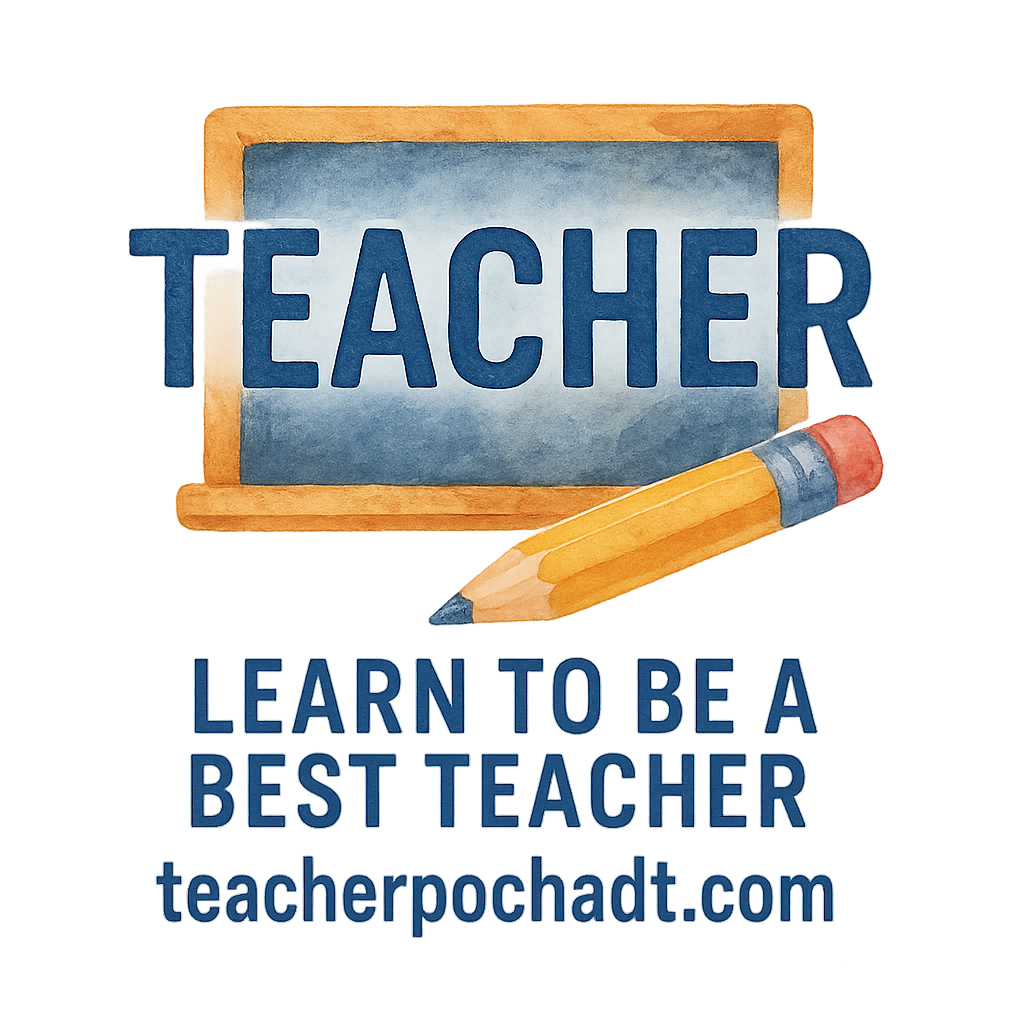Introduction: Why Unforgettable Lessons Matter
As a teacher, one of the most rewarding experiences is knowing your lesson has left a lasting impact on your students. Unforgettable lessons do more than just teach—they inspire, engage, and create memories that last long after the classroom bell rings. The question is: How can you create such lessons? It’s all about engaging your students in a way that makes the learning process not only educational but also fun and meaningful.
In this article, we’ll explore 6 teacher ideas that can make your lessons unforgettable. These ideas will help you build a classroom environment where students are excited to learn, and the material sticks with them.
The Impact of Memorable Lessons on Students
Memorable lessons do more than ensure students remember content—they also spark enthusiasm for learning. When students enjoy the process, they are more likely to engage and retain information. Moreover, unforgettable lessons can significantly boost students’ motivation, leading to a more positive classroom culture and better long-term academic outcomes.
Learn more about building a positive classroom culture here.
1. Gamify Your Classroom: Learning Through Play
If you’ve ever experienced the thrill of a game, you understand how engaging and motivating it can be. Gamifying your classroom transforms a typical lesson into a fun and interactive challenge. It sparks students’ natural competitive spirit and encourages them to engage more deeply with the material.
Why Gamification Works
Gamification taps into students’ love for play, offering a unique way to engage them while providing instant feedback. By incorporating elements like points, levels, and rewards, students experience immediate gratification that keeps them motivated and excited about learning. It’s an effective way to turn mundane tasks into challenges students want to tackle.
Examples of Fun Classroom Games
- Jeopardy-Style Review: Use this classic game to turn your lesson content into a quiz challenge. Students work in teams to answer questions and win points. A fun way to review classroom activities can be found here.
- Escape Room Challenge: Create an escape room experience where students solve puzzles related to the lesson content. It encourages teamwork and critical thinking while remaining fun and engaging.
- Digital Trivia: Use platforms like Kahoot or Quizizz to run interactive trivia sessions. These tools allow you to incorporate real-time feedback, making learning feel more like a game.
2. Create Hands-On Experiences with Interactive Activities
Hands-on, interactive activities allow students to physically engage with the lesson material, improving comprehension and retention. By providing tangible experiences, you help students connect abstract concepts with real-world applications.
The Power of Kinesthetic Learning
Kinesthetic learning—learning through movement—is a powerful teaching method. It helps students internalize concepts by physically interacting with the material. This approach benefits students who learn best by doing rather than passively listening.
Ideas for Interactive Learning Stations
- Science Experiments: Set up stations where students can conduct simple experiments. For instance, when teaching chemistry, students can mix safe chemicals and observe the reactions. This ties into classroom activities found here.
- Role Play: Have students act out various historical events or create fictional scenarios related to the lesson. It makes learning feel more real and exciting.
- Art Integration: Students can draw, create models, or even craft timelines that visually represent the material. This hands-on method works wonders for visual learners.
3. Use Technology to Enhance Engagement
Incorporating technology into your lessons opens up new avenues for student engagement and learning. With digital tools, you can make your lessons more interactive, informative, and accessible, benefiting both tech-savvy students and those who struggle with traditional learning methods.
Incorporating EdTech Tools into Your Lessons
There are many educational technology tools that can enhance your classroom experience. These tools not only make learning interactive but also provide immediate feedback, which keeps students on track.

Popular Digital Tools for Classroom Learning
- Google Classroom: This platform allows teachers to assign and collect work, share resources, and communicate with students. It’s a great way to organize lessons and streamline classroom management. Learn more about classroom management here.
- Padlet: A virtual bulletin board where students can share notes, images, and ideas. It’s great for collaborative activities and helps build classroom culture through shared learning.
- Flipgrid: Students can create and share video responses to prompts, giving them a fun and creative way to engage with the material. If you want to learn more about teacher communication, check out this page.
4. Storytelling: Capturing Imagination Through Narrative
Storytelling is an ancient art that captivates audiences and enhances memory. By integrating storytelling into your lessons, you create emotional connections to the material, making it more likely that students will retain the information.
Why Storytelling is Key to Memory Retention
Research shows that stories help with memory retention because they engage both the emotional and logical parts of the brain. When students can associate concepts with characters, events, and scenarios, they’re more likely to recall them later. Storytelling can turn a dry lesson into a vivid experience.
How to Integrate Stories into Any Subject
- History: Use storytelling to bring historical figures and events to life. Share fictionalized accounts or first-person perspectives to make history feel more personal and engaging.
- Math: Transform complex problems into stories. For example, a story about a character needing to solve an algebraic equation can help students relate to the subject matter.
- Literature: Have students craft their own stories to explore themes, characters, and narrative techniques. It encourages student engagement, which can be explored here.
5. Encourage Collaborative Learning: Group Projects and Peer Work
Collaborative learning fosters communication, teamwork, and problem-solving skills—abilities students will carry with them throughout their lives. Group projects not only help students learn from each other but also strengthen their understanding of the material by encouraging peer-based problem-solving.
Benefits of Group Work in the Classroom
- Peer Learning: Students often gain a deeper understanding of concepts by explaining them to their peers. Collaborative learning also allows students to explore different perspectives and learn in a social environment. You can find more tips on student connection here.
- Skill Development: Group work builds essential skills like communication, collaboration, and conflict resolution—skills that students will need in their future careers.
Ideas for Collaborative Assignments
- Group Research Projects: Assign students to groups and have them research different aspects of a topic. They can then present their findings to the class, fostering teamwork and enhancing their presentation skills. Find more ideas for teaching skills here.
- Peer Reviews: Let students critique each other’s work. This encourages self-reflection and builds constructive feedback habits.
- Team-Based Competitions: Organize debates or quiz competitions where students work together in teams. This makes learning fun and boosts camaraderie.
6. Personalize the Learning Experience
One-size-fits-all learning doesn’t work. Every student has their own learning style, pace, and strengths. Personalizing your lessons helps ensure that every student has the opportunity to thrive.
Why Personalization Matters
Personalized learning allows students to work at their own pace, explore areas of interest, and receive the support they need to succeed. When students feel their individual needs are being met, they are more likely to engage with the material.
Ways to Personalize Lessons for Every Student
- Differentiated Instruction: Provide various types of content (videos, articles, activities) to meet the needs of diverse learners. This caters to students who learn in different ways and helps you connect with them effectively. Explore more about personal development here.
- Student Choice: Allow students to select project topics that interest them or choose how they want to present their work. This empowers them to take ownership of their learning.
- Learning Pathways: Offer varied challenges for students based on their abilities. For example, give advanced students enrichment tasks while providing additional support for those who need it.
Conclusion: Making Learning Fun and Lasting
Creating unforgettable lessons is not just about the content but the experience you craft around it. By incorporating these 6 teacher ideas into your teaching strategies, you can foster a classroom environment where students are excited to learn and feel valued. An unforgettable lesson isn’t just about memorization—it’s about creating a lasting impression, making students excited to come back and learn even more.
FAQs
- How can I make my lessons more interactive?
Incorporate hands-on activities, collaborative projects, and educational games. You can find more activities for student engagement here. - What is the best way to use storytelling in the classroom?
Use storytelling to introduce topics, illustrate key concepts, or share personal anecdotes. This approach keeps students engaged while enhancing memory retention. - How can I use technology to keep students engaged?
Platforms like Google Classroom, Padlet, and Flipgrid provide interactive ways to teach, allowing students to collaborate and receive instant feedback. - Why is personalized learning important?
Personalizing your lessons ensures that each student’s individual needs are met, allowing them to learn at their own pace and feel more motivated. - How can I encourage collaboration in my classroom?
Promote group work, peer reviews, and team challenges to foster a cooperative environment and develop essential skills. - How can gamification improve my classroom environment?
Gamification adds fun, competition, and rewards to your lessons, making them more engaging and encouraging active participation. - What are some creative ways to make history lessons memorable?
Use storytelling, role-playing, and hands-on projects to bring historical events to life and make them more relatable to students.


